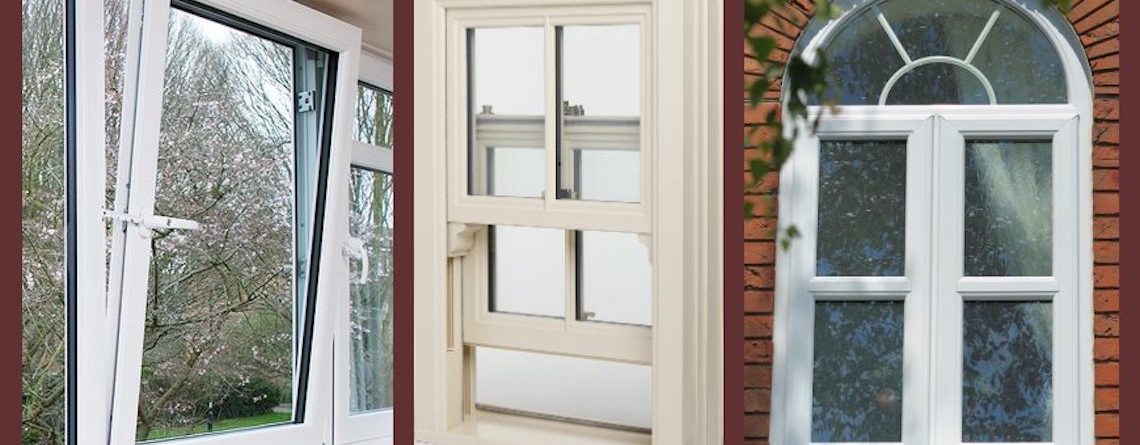The Rise of uPVC Windows and Doors: A Modern Solution for Homes and Businesses
In the last few years, the popularity of uPVC windows and doors has surged, ending up being a preferred option for property owners and organizations alike. Understood for their sturdiness, versatility, and aesthetic appeal, these components are improving the method we think of contemporary structure styles. Let's look into the crucial functions and advantages of uPVC (unplasticized polyvinyl chloride) windows and doors to understand why they have actually ended up being a game-changer worldwide of architecture and interior decoration.
What Are uPVC Windows and Doors?
uPVC, or unplasticized polyvinyl chloride, is a low-maintenance building material that has reinvented the building industry. Unlike conventional products like wood or aluminum, uPVC is resistant to rot, deterioration, and weather-related wear and tear. This makes it an ideal prospect for windows and doors that endure the test of time while using superior functionality.
uPVC doors and windows are crafted to supply optimal performance, security, and aesthetic appeals. They are light-weight, easy to deal with, and offered in a variety of designs, colors, and surfaces, making them suitable for both residential and commercial applications.
Key Benefits of uPVC Windows and Doors
Resilience and Longevity
Among the most substantial advantages of uPVC windows and doors is their exceptional resilience. Unlike wooden frames, which are susceptible to rotting, or metal frames, which can rust, uPVC is created to resist severe climate condition, consisting of rain, extreme sunlight, and snow. This makes uPVC an ideal service for areas with severe environments.
Low Maintenance

Unlike wood, which needs routine painting or varnishing, uPVC windows and doors are essentially maintenance-free. An easy wipe-down with a wet cloth is all it takes to keep them looking fresh and clean. This problem-free upkeep is a substantial draw for those who want practical components without the maintenance.
Energy Efficiency
uPVC doors and windows are outstanding insulators. They help keep indoor temperature levels by decreasing heat transfer in between the interior and exterior environments. When coupled with double or triple glazing, they can substantially reduce energy costs by enhancing thermal efficiency. As an outcome, uPVC contributes to a more sustainable and environment-friendly living space.
Enhanced Security
Security is a critical issue for any homeowner or business. uPVC windows and doors are generally reinforced with steel cores for extra strength, making them extremely resistant to burglaries. Paired with multi-point locking systems, they provide robust defense versus unapproved entry.
Sound Reduction
For homes and workplaces found in hectic city or commercial areas, sound pollution can be a challenging concern. uPVC windows and doors, especially when combined with double-glazed glass, assistance minimize external sound considerably, developing a quieter and more serene environment.
Aesthetic Versatility
uPVC doors and windows are available in a broad selection of styles, from conventional sash and sliding windows to contemporary bi-fold doors. Additionally, they are available in numerous colors and surfaces, allowing property owners to tailor their spaces to reflect their individual design. Modern developments even enable uPVC frames that simulate the texture and appearance of natural wood.
Cost-efficient Solution
Compared to other products like aluminum or lumber, uPVC is more cost effective without compromising quality. Its energy-saving properties, minimal maintenance needs, and long life expectancy make it an economical financial investment in the long run.
Applications of uPVC Windows and Doors
Due to their flexibility and efficiency, uPVC windows and doors can be used in various settings, including:
Residential Homes: Perfect for boosting curb appeal, enhancing energy performance, and supplying a safe and secure living environment.
Commercial Buildings: Ideal for offices, retail areas, and factories due to their low maintenance and toughness.
Bathrooms and Kitchens: Their resistance to moisture makes them a clever choice for wet and humid areas.
Remodelling Projects: Lightweight and personalized, uPVC components are easy to retrofit into existing structures.
How to Select the Right uPVC Windows and Doors
When selecting uPVC windows and doors, it's necessary to focus on quality. Try to find licensed manufacturers and providers who offer high-grade uPVC items. Additionally, think about elements like glazing alternatives, locking systems, and design to guarantee the fixtures fulfill your specific needs. Appropriate installation by knowledgeable professionals is likewise crucial to optimize their lifespan and performance.
A Sustainable and Smart Choice
The growing shift toward energy effectiveness and sustainability in contemporary building and construction has actually driven the need for materials like uPVC. Not just does it assist lower energy intake, but it's likewise a recyclable material, making it an environmentally responsible choice.
In a world where functionality, looks, and eco-friendliness are becoming significantly essential, uPVC windows and doors stand apart as a wise, reliable, and forward-thinking choice for modern structures. Whether you're constructing a new home or upgrading an existing residential or commercial property, they provide a perfect blend of usefulness and design.
Conclusion
uPVC windows and doors are more than simply a pattern; they represent a basic shift in how we approach design and functionality in building. Their unparalleled combination of durability, low maintenance, energy efficiency, and sleek design makes them an ageless and versatile alternative for any space. As innovation continues to advance, it's safe to state that uPVC will stay a cornerstone material in modern-day construction for many years to come. So, if french doors with side windows about a home or office upgrade, uPVC doors and windows might simply be the perfect addition to boost convenience, style, and value.
